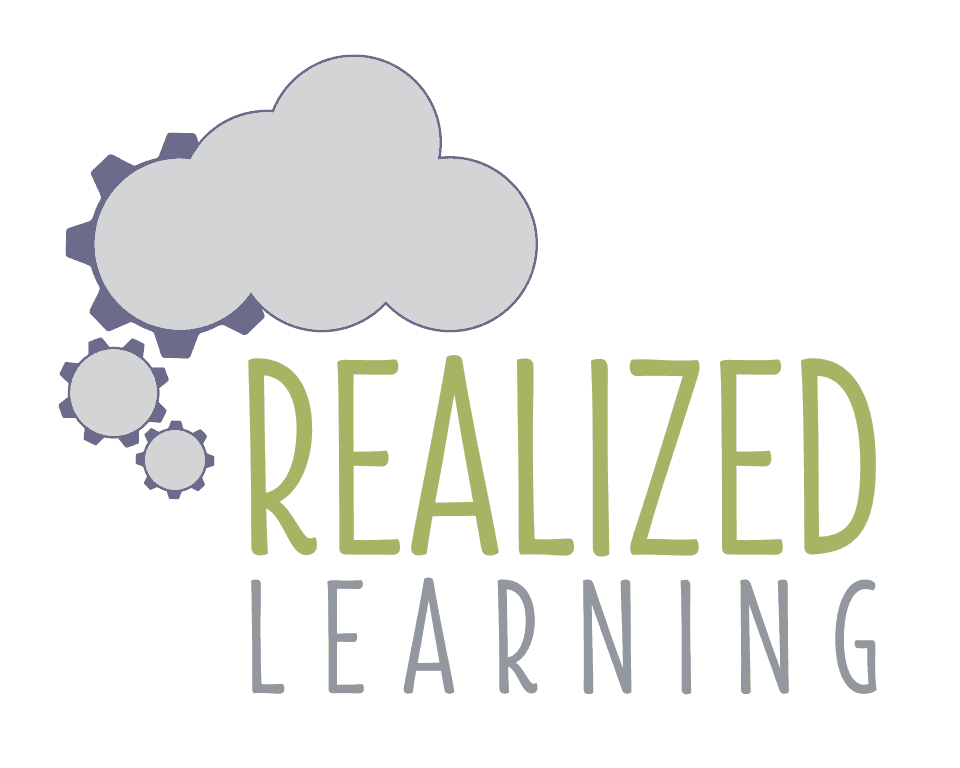Finding a “just right” book for your child can be daunting. You may find a book that seems like it’s at your child’s grade level, based on content and interest level, but the book may be challenging for your child.
The first thing to do is talk to your child’s teacher and ask the following questions:
- When was your child last benchmarked?
Benchmarking is when the teacher assesses your child’s reading fluency and comprehension and comes up with a level that tells the teacher which books your child will be able to decode and understand. Typically, students are benchmarked three times a year. So, if it’s March and the last time your child was benchmarked was October, the teacher needs to benchmark your child for a mid-year evaluation of your child’s reading skills. - What assessment system is used and what is your child’s reading level?
There are several systems used by schools and it may depend on the teacher or the school. Some systems have what is called a independent reading level and an instructional reading level. The independent level is the level at which your child can read the text on their own. The instructional level is the level at which your child can read with some support. You may want to stick with books at your child’s independent level so that they can read on their own at home. Also, a child in first or second grade should be reading out loud to practice fluency and decoding even when they’re reading on their own. - What books does your child’s teacher recommend?
You can cut down on your own work by getting a list of recommended books. Also, instead of buying them, you can ask the teacher to send them home with your child. Another option is requesting them through your local library network. A lot of networks have websites where you can look up the books you want and if they are at another library, have them sent to your local library and get notified when they’re ready for pickup. It’s very convenient and saves time. If you want to look for books at your child’s reading and interest level, a quick internet search can yield helpful results. Many books are leveled using what’s called the “guided reading level”, a system designed by Fountas and Pinnell (often seen as the F&P level). The system uses letters to level texts. You can type in for example, “guided reading level J train books” if your child likes trains. If your school does not assess its students using this leveling system, there is a great conversion chart provided by Reading AZ that features the most common reading leveling systems and can provide a pretty accurate conversion. Another leveling system that uses letters is the Reading AZ system itself as well as Scholastic. So if you see a letter on the back of a book you chose based on a web search, don’t be confused if it’s different from your child’s guided reading level. It’s likely the Scholastic level.
Helpful tip: Even if your child is reading a book that matches their reading level, there still may be unfamiliar vocabulary, especially with nonfiction texts. Take a few moments to preview the book and see if there are words you expect your child will not know and review them first. Often times, books will have a glossary or a list of unfamiliar words in the back.
Happy reading!
